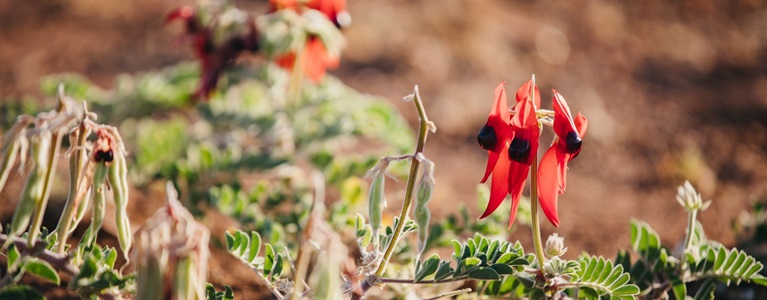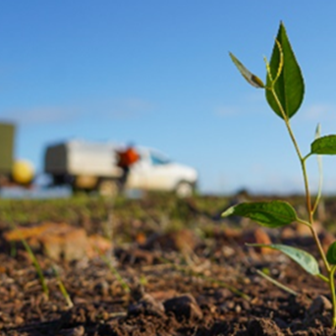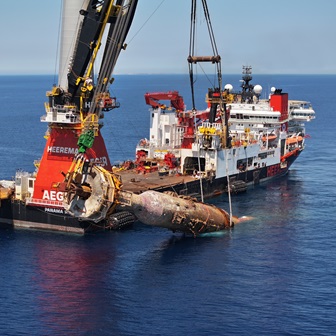
Environment
As part of our materiality process, the following environment sustainability topics were considered to be most relevant to our business activities and stakeholders in 2023.
Overview
Environment topics
As part of our materiality process, the following environment sustainability topics were considered to be most relevant to our business activities and stakeholders in 2024.


